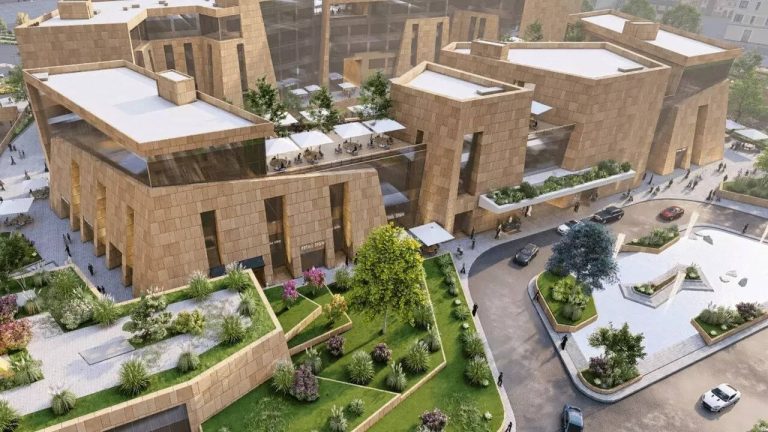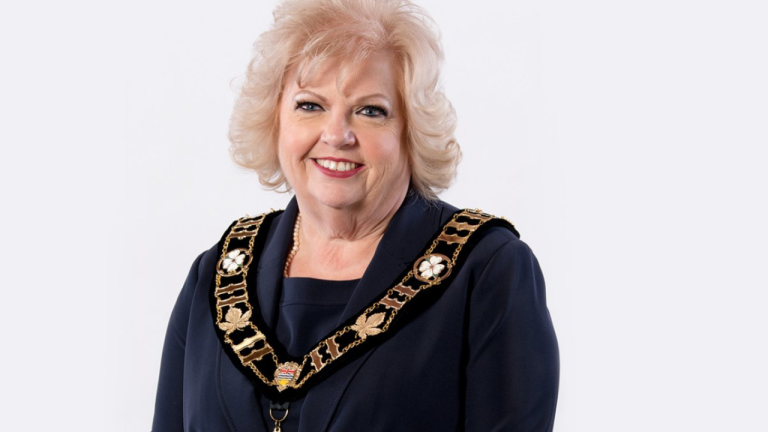Urban Green Spaces: The Future of Outdoor Living in European Cities by 2025
Urban Green Spaces are becoming increasingly important in European cities, and for good reason. As the world becomes more urbanized, the need for green spaces has never been more pressing. Urban Green Spaces are not just aesthetically pleasing, but they also provide numerous benefits for both the environment and the people living in these cities.
What are Urban Green Spaces?
Urban Green Spaces refer to any area in a city that is covered with vegetation, such as parks, gardens, green roofs, and green walls. These spaces can be public or private and can range in size from small backyard gardens to large urban parks.
Benefits of Urban Green Spaces
The benefits of Urban Green Spaces are numerous and well-documented. Some of the most significant advantages include:
- Improved Air Quality: Urban Green Spaces help to purify the air by absorbing pollutants and releasing oxygen.
- Reduced Urban Heat Island Effect: Green spaces can help to mitigate the urban heat island effect, which occurs when built-up areas absorb and retain heat.
- Increased Biodiversity: Urban Green Spaces provide habitats for a wide range of plant and animal species, helping to maintain biodiversity in urban areas.
- Improved Mental Health: Spending time in nature has been shown to have numerous mental health benefits, including reduced stress and improved mood.
- Increased Property Values: Urban Green Spaces can increase property values by making areas more desirable and attractive to residents and visitors.
European Cities Leading the Way
Many European cities are leading the way in terms of Urban Green Spaces. Some examples include:
- Copenhagen: Copenhagen has a goal of being carbon neutral by 2025 and is investing heavily in green infrastructure, including green roofs and green spaces.
- Stockholm: Stockholm has a strong focus on sustainability and has implemented numerous green initiatives, including a green roof policy and a bike-sharing system.
- Barcelona: Barcelona has a comprehensive urban planning strategy that prioritizes green spaces and sustainable development.
Challenges and Opportunities
While Urban Green Spaces offer numerous benefits, there are also challenges and opportunities to consider. Some of the key challenges include:
- Space Constraints: Many cities face space constraints, making it difficult to create new green spaces.
- Funding: Creating and maintaining Urban Green Spaces requires significant funding, which can be a challenge for cities with limited budgets.
- Community Engagement: Engaging with local communities and ensuring that green spaces meet their needs is crucial for their success.
Despite these challenges, there are also opportunities for innovation and creativity in Urban Green Spaces. Some examples include:
- Green Roofs: Green roofs can provide additional green space in areas where land is limited.
- Green Walls: Green walls can help to purify the air and provide insulation, while also adding aesthetic value to buildings.
- Community Gardens: Community gardens can provide opportunities for community engagement and education, while also providing fresh produce and green space.




